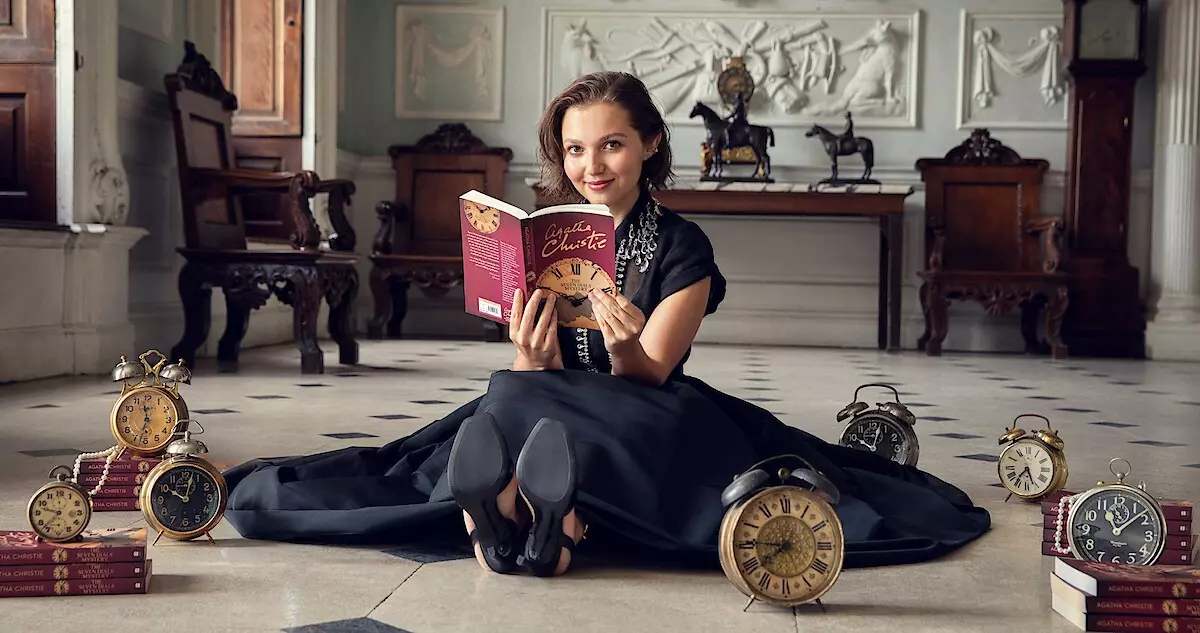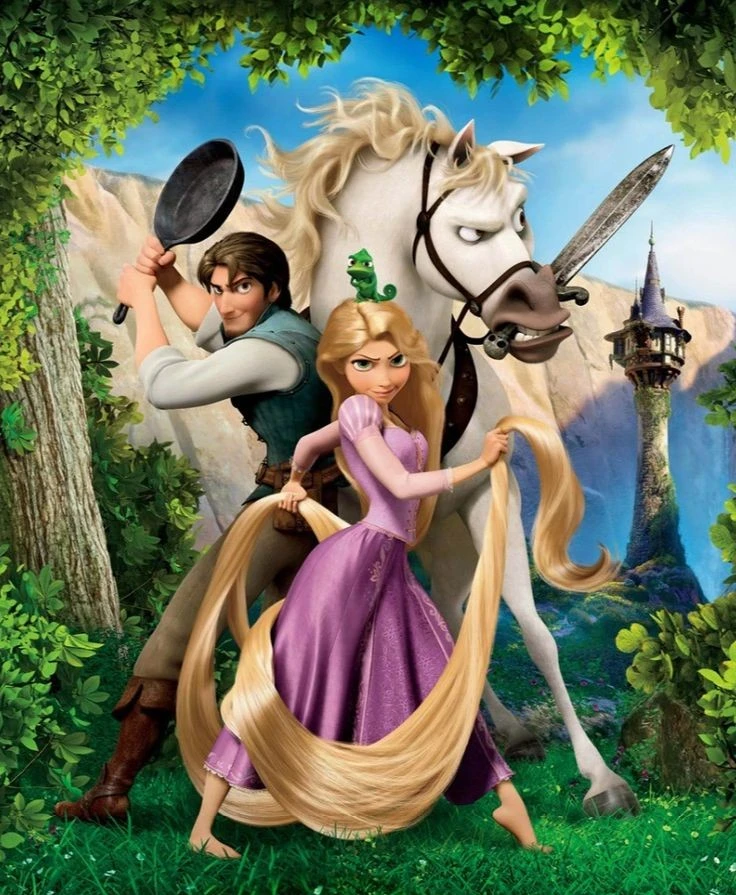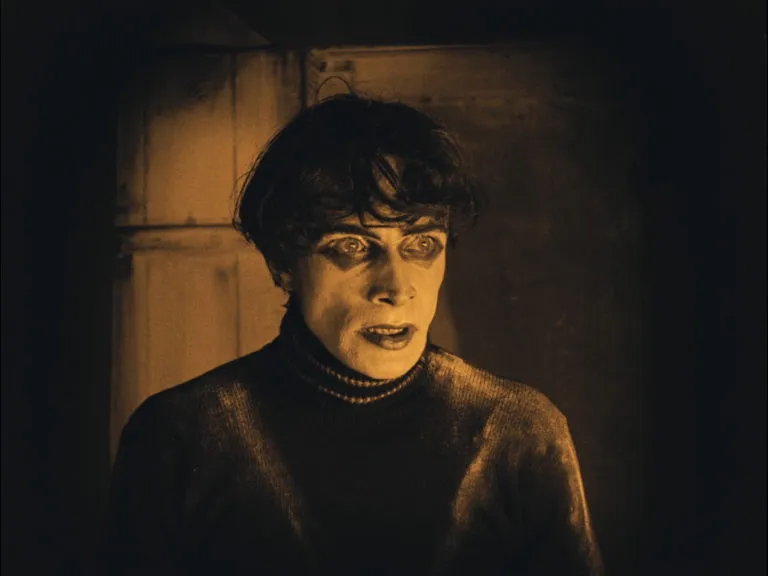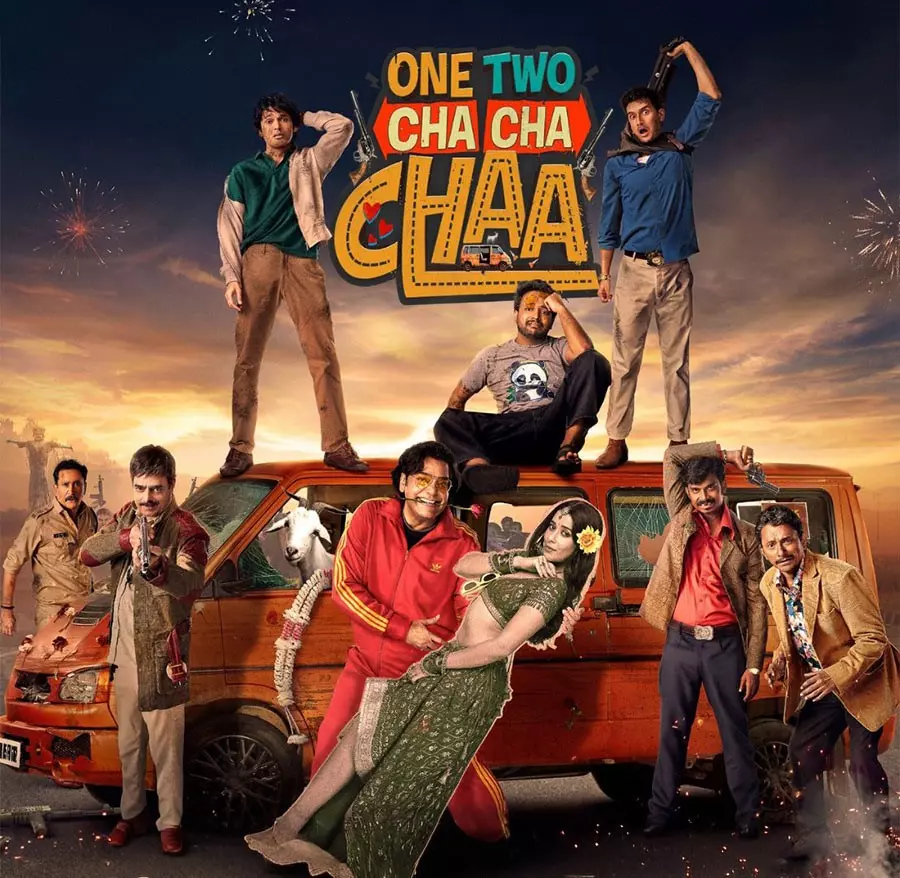Table of Content
Halloween is an annual holiday celebrated mostly in the western countries, each year on October 31. Halloween 2018 will occur on Wednesday, October 31. It began with the ancient Celtic festival of Samhain. As a custom people would light bonfires and wear different costumes to ward off ghosts. In the eighth century, Pope Gregory III designated November 1 as a day to
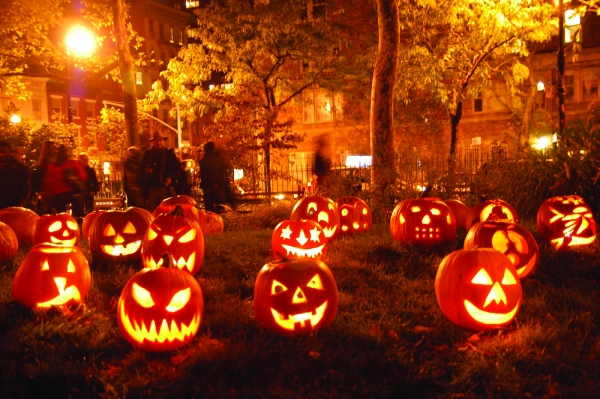
Ancient Origins of Halloween
The origin of Halloween is as primitive as the ancient Celtic festival of Samhain (pronounced sow-in). The Celts that lived 2,000 years ago in the area celebrated their new year on November 1. That area is now Ireland, the United Kingdom and northern France.
This day marks the end of bright summer and the harvest season and the beginning of the dark, cold winter. It is that time of the year that was time and again associated with human death. Celts had a belief that on the night before the New Year, the boundaries between the worlds of the living and the dead were blurred. They celebrated Samhain on the night of October 31. It was believed that the dead returned to the earth at this time.
Celts thought that the existence of the ghostly spirits made it easier for the Druids, or Celtic priests, to make prophecies about the future. These spirits also destroyed the crops and caused trouble. For people who were completely dependent on the unpredictable natural world, these predictions were important for the comfort and direction during the long, dark winter.
To celebrate the event, Druids built giant sacred bonfires, where the people came together to burn crops and sacrificed animals to please the Celtic deities. As a custom, the Celts wore costumes, usually consisting of animal heads and skins, and tried to tell each other’s fortunes.
When the celebration was over, they re-lit their fireplace from the sacred bonfire, which they had put out earlier that evening, to help protect them during the coming winter.
All Saints Day
On May 13, 609 A.D., Pope Boniface IV devoted the Pantheon in Rome in
By the 9th century, Christianity had spread into Celtic lands, where it gradually intermingled with and displaced the older Celtic rites. It was in 1000 A.D., that the church made November 2 All Souls’ Day. All Souls Day was celebrated in the same way as Samhain, with big bonfires, parades, and dressing up in costumes as saints, angels and devils. The All Saints Day celebration was also called All-hallows or All-hallowmas and the night prior to it, the traditional night of Samhain in the Celtic
Trick-or-Treat
Influenced by Irish and English traditions, Americans began to dress up in costumes and went house to house asking for food or money. This practice eventually became today’s “trick-or-treat” tradition. Young women believed that on Halloween they could see the name or appearance of their future husband by practising witchcraft.
In the late 1800s, there was a move in America to transform Halloween into a holiday. To celebrate the day in a way that it was more about community and parties rather than about ghosts and witchcraft. Soon Halloween parties for both children and adults became just a way to enjoy games, foods of the season and festive costumes.
Soul Cakes
Soul Cakes are the cakes given to poor on this day in return for their promise to pray for the family’s dead relatives.
The distribution of soul cakes was encouraged by the church as a way to replace the ancient practice of leaving food and wine for roaming spirits outside the houses with a practice of visiting houses in the neighbourhood to offer ale, food and money.
.webp)





_1735214375.webp)


